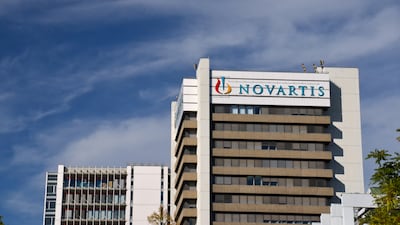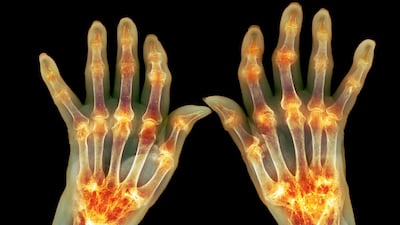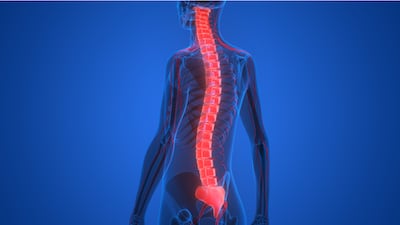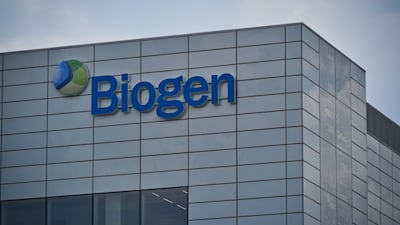Musculoskeletal
The California firm announced positive data from its early-stage randomized study of TLC-6740 combined with Lilly’s tirzepatide in patients with obesity.
Satellos is moving to start a double-blinded Phase II trial of its experimental Duchenne muscular dystrophy candidate that looks to mimic the effects of dystrophin on muscle stem cells.
Five-year Agamree data shows the novel steroid is a safer and equally effective treatment to standard of care deflazacort or prednisone, the Swiss biotech argues.
The company’s third quarter earnings fell by $67.8m year-over-year, reflecting the tumultuous situation around its DMD therapy Elevidys in June.
Despite a prior agreement with the FDA to seek accelerated approval, with Phase III data showing statistical significance on biomarkers and functional measures, BridgeBio is aiming higher.
The deal comes on the back of promising data from Avidity's next-generation RNA therapeutics over the past two years and a subsequent meteoric rise in share value.
With a mechanism better known for its use in breast cancer, Elevara believes its CDK4/6 inhibitor candidate could help more patients with rheumatoid arthritis reach complete remission.
Leaning on the “totality of the data” despite proof of functional efficacy, some biotechs seek conditional approval for rare disease drugs. The experiences of PTC, Sarepta, Sage and Intercept illustrate the risks of this approach.
Stealth won FDA accelerated approval for Forzinity, the first Barth syndrome therapy, after multiple regulatory setbacks. The decision sets the stage for confirmatory trials and expanded patient access.
The company announced positive Phase III data for the drug in fibrodysplasia ossificans progressiva, as well as Phase II combination data among patients with obesity.
Just days after Roche stopped shipments of the DMD gene therapy following safety concerns raised by two patient deaths, its EU approval application has hit a block.
Seven weeks before its action date, Capricor got an FDA complete response for cell therapy deramiocel in DMD-related cardiomyopathy. It has a Phase III study nearing readout, though.
The osteogenesis imperfecta drug stumbled in a second interim analysis.
The oral, twice-daily candidate was expected to control decline in motor function in DMD patients regardless of their gene mutations.
Biogen hopes to move directly from Phase I to Phase III with salanersen, a higher-potency therapy that uses the same mechanism of action as Spinraza.
Bimagrumab added to Wegovy increased weight loss and preserved muscle mass, but analysts want to see more safety and efficacy results from a combination with Zepbound.
With two deaths in non-ambulatory DMD patients, Sarepta is attempting damage control and will ask the US FDA to advise, setting up a possible confrontation with CBER director Prasad.
Deal Snapshot: Including its internal efforts with bimagrumab, Lilly has been seeking a muscle-sparing therapy to complement GLP-1 obesity drugs, such as Zepbound.
Regenxbio reported functional and biomarker data from an ongoing study of RGX-202, which it hopes to file for approval in Duchenne muscular dystrophy in 2026.
With its exon 53-skipping candidate already showing promise in 24-week data, Wave now has 48-week data showing improvements in muscle health and functional outcomes.


















